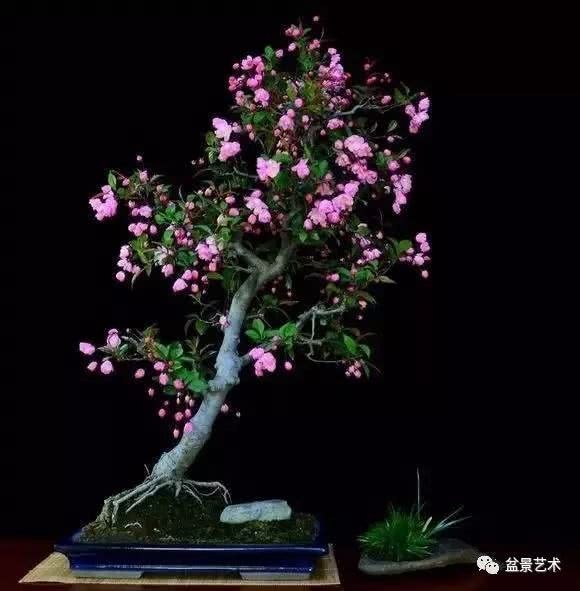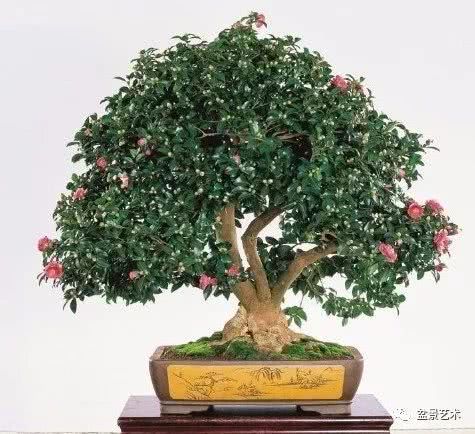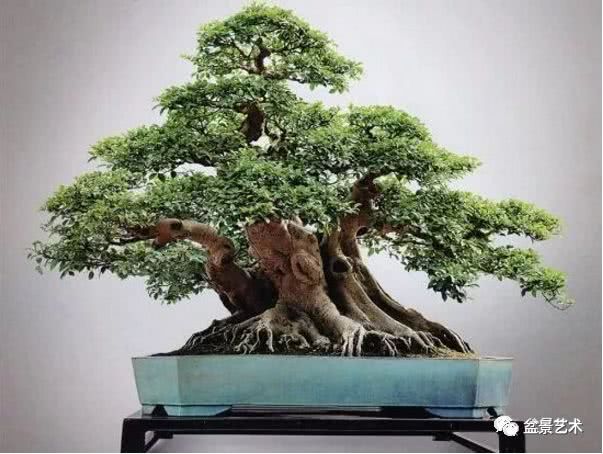Bonsai production of crabapple with vertical silk

(1) Botanical knowledge
Belongs to the rose family, the apple genus. Small deciduous trees with whirling posture and purple branches. Leaves ovate or elliptic, margin obtusely serrulate. Flowering from March to April, every 4-7 clusters, pedicels purple, slender and drooping, bright red, Yan like Yixia, lovely. Fruit small, globose, 6-8 mm in diameter, purplish red when ripe.
Main variety
1. Double perpendicular begonia, pink or pink, double.
2. Begonia with white flowers, the flowers are small, pink or nearly white, and the pedicels are short.
Additional species of Xifu begonia, also known as small fruit begonia. Small trees, tree posture cut, branchlets purple-brown. The leaves are long oval, serrated and thin, with hard leaves and glossy surface. Flowers reddish, double, pedicels not pendulous, pilose. Its dark color and many petals, called "purple cotton", is a precious ornamental variety.
Tripterygium is produced in Jiangsu, Zhejiang, Anhui, Hubei, Shaanxi, Sichuan, Yunnan and other provinces. "the land of Shu is warm and the land of rare flowers is suitable"; "thousands of miles in Minshu, crabapple flowers alone Yan" and other sentences are said to be the prosperity of crabapple produced in Sichuan. Xifu crabapple is more hardy and can be distributed in North China.
Like light, do not tolerate shade, like warm and humid climate, the soil is suitable for deep and fertile neutral loam, calcareous soil, slightly acidic or slightly alkaline soil can also adapt. Resistant to drought, not resistant to waterlogging, waterlogging for a long time, easy to rot. Strong sprouting and tillering.
(2) material selection and cultivation measures
Artificial propagation: mainly sowing and grafting propagation, but also root insertion, ramet or striping propagation. The seeded seedlings blossom late, generally take seven or eight years to blossom, and can not maintain the excellent characteristics of the original varieties, so grafting is usually used to propagate. The seedlings of wild begonia (Hubei begonia) or bauhinia were used as rootstocks for grafting in March. It is better to graft bonsai as low as possible. The excellent varieties of scion are selected, and the annual branches with strong and full growth are selected, and the middle part of them has 2 full buds. If the scion taken before grafting is temporarily unused, it can be buried in wet sand. Cut off at 3-5 cm from the above ground part of the rootstock, gently cut upward from one side of the cut, and then cut 1.5 cm downward from the cambium of the shoulder, slightly with xylem downward, not askew, then cut 2 cm vertically with xylem on the lower side of the scion, cut a steep cut on the opposite side, and insert the scion into the cut of the rootstock. Make the cambium of the rootstock and scion join closely, bind the joint firmly with plastic film strip, pour water through the root, and give shade. The survival rate of this grafting method is high, and the joint is easy to heal. After receiving work, new branches are extracted and managed properly, which can be as high as 80-100 cm in that year, and the top is slightly cut off in winter, leaving 3-5 main branches to promote branching. In the following winter, the top of the main branch will be cut off to form a backbone branch, which can form a neat tree shape and is conducive to flowering. The bud grafting was carried out from June to July, and the survival rate was also high. Root insertion propagation is carried out from February to March in spring, and tender roots less than 1 cm in diameter are selected, with a length of 6-7 cm and a depth of more than 2-3. The apex can be exposed to the ground, and it is suitable for loose, fertile and well-drained sandy loam to survive. The root tiller of begonia can also be planted separately, and it can bloom early.
(3) the process of potting.
Selection of pots: vertical crabapple with medium-deep round, rectangular or square bowls, with purple sand pottery basin or glazed pottery basin is appropriate. The color and form of the basin should be coordinated with the tree shape and color of begonia.
Use soil: begonia prefer fertilizer, it is appropriate to use fertile and loose rotten leaf soil or pastoral soil, mixed with appropriate amount of sandy soil and rice chaff ash. Soil that is slightly acidic or slightly alkaline can grow.
Planting: it should be carried out in early spring or in late autumn. When planting on the basin, you can place rotten bean cake and bone meal as base fertilizer at the bottom of the basin.
(4) Positioning techniques
Processing: crabapple with vertical wire should be clamped with brown wire, combined with pruning for modeling. However, attention must be paid to the timely removal of brown silk, otherwise it is easy to cause "silk trapping" phenomenon, affecting beauty and tree growth. The processing period is appropriate in the dormant period, or it can be carried out after flowering.
Tree shape: the tree shape of vertical begonia bonsai should be oblique dry type, curved dry type and cliff type, etc., with branches showing and stretching, and paying attention to density and proper density, so as to facilitate luxuriant flowers and branches, delicate and colorful flowers and colors, and increase the ornamental effect.
- Prev

We should learn how to shape the bonsai of camellia.
Among the many plants of Sichuan style bonsai, camellia is one of the earliest tree species. Camellia is one of the top ten famous flowers in China. With the characteristics of not withering through winter, fighting frost and showing off color, camellias dress up in winter and early spring gardens. Such as for.
- Next

How to deal with the cut of potted stump
Hua you often cut dry when dealing with downhill piles or grafting, the principle of saw treatment is nothing more than moisturizing, prevent bleeding, avoid light, promote healing, wrap pulp as soon as possible, do not affect sprouting, the common moisturizing sealing materials are as follows: 1. Since.
Related
- Wuhan Hospital Iron Tree Blooming Result Was Instantly Frightened by the Gardener Master
- Which variety of camellia is the most fragrant and best? Which one do you like best?
- What is the small blue coat, the breeding methods and matters needing attention of the succulent plant
- Dormancy time and maintenance management of succulent plants during dormancy
- Minas succulent how to raise, Minas succulent plant pictures
- What are the varieties of winter succulent plants
- How to raise succulent plants in twelve rolls? let's take a look at some experience of breeding twelve rolls.
- Attention should be paid to water control for succulent plants during dormant period (winter and summer)
- Watering experience of twelve rolls of succulent plants
- Techniques for fertilizing succulent plants. An article will let you know how to fertilize succulent plants.

